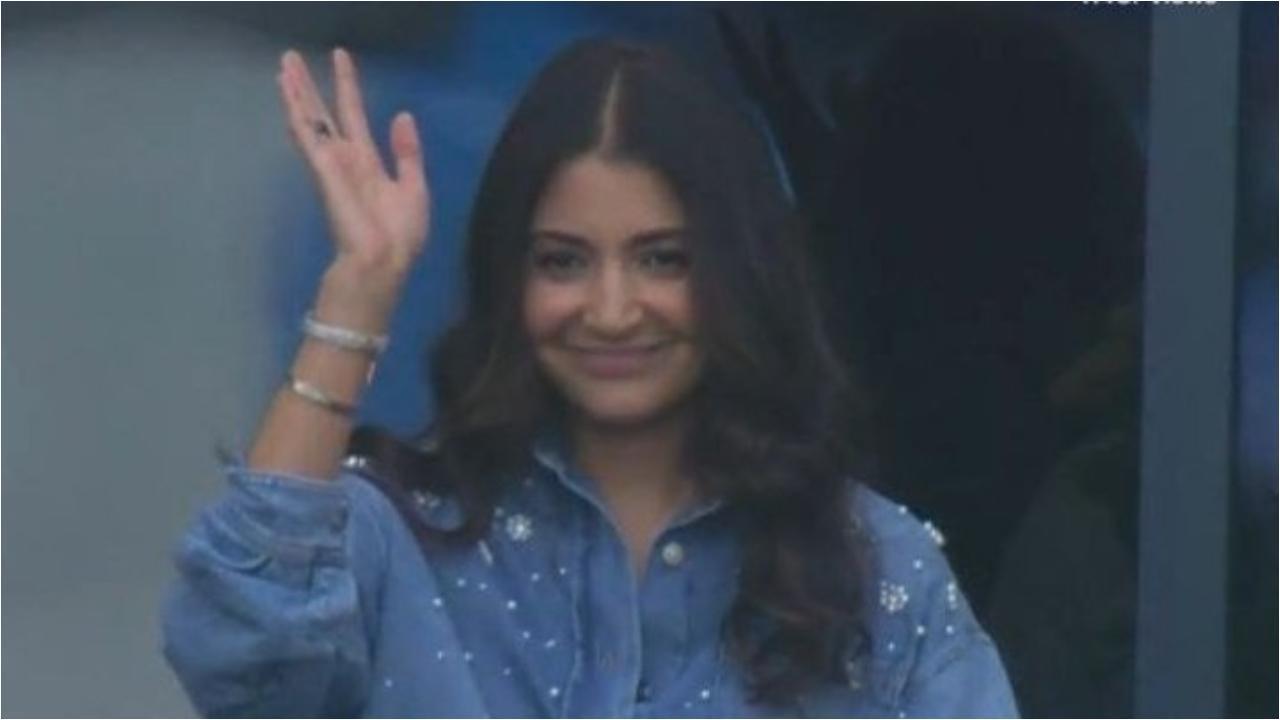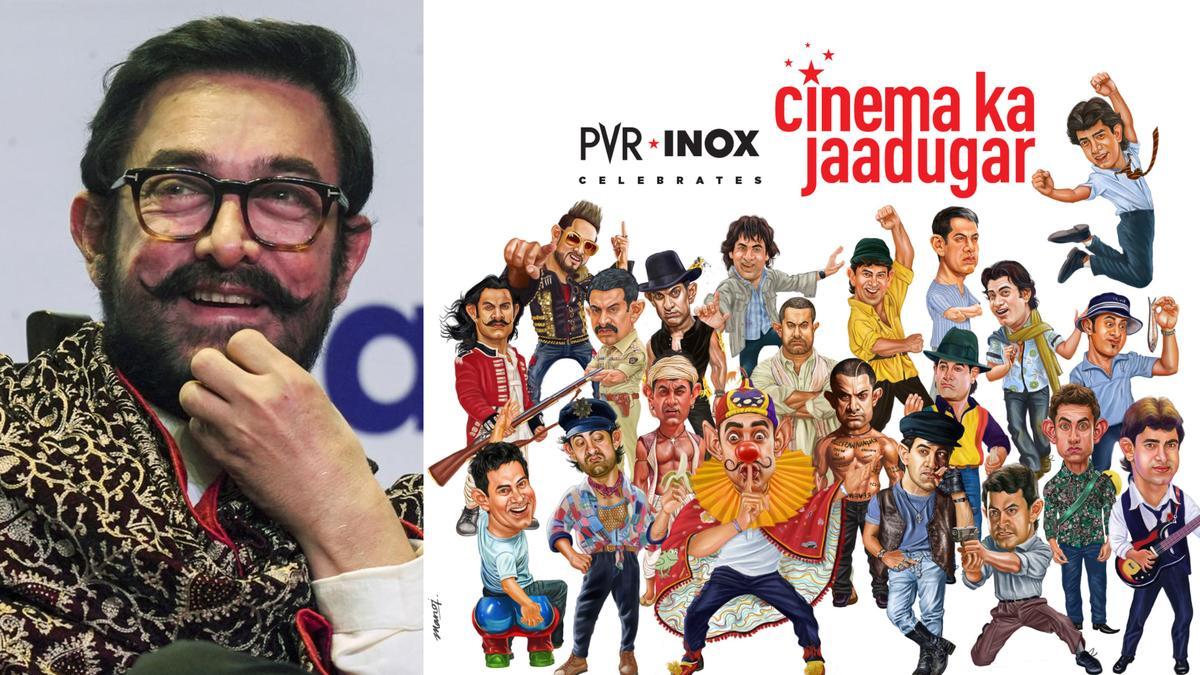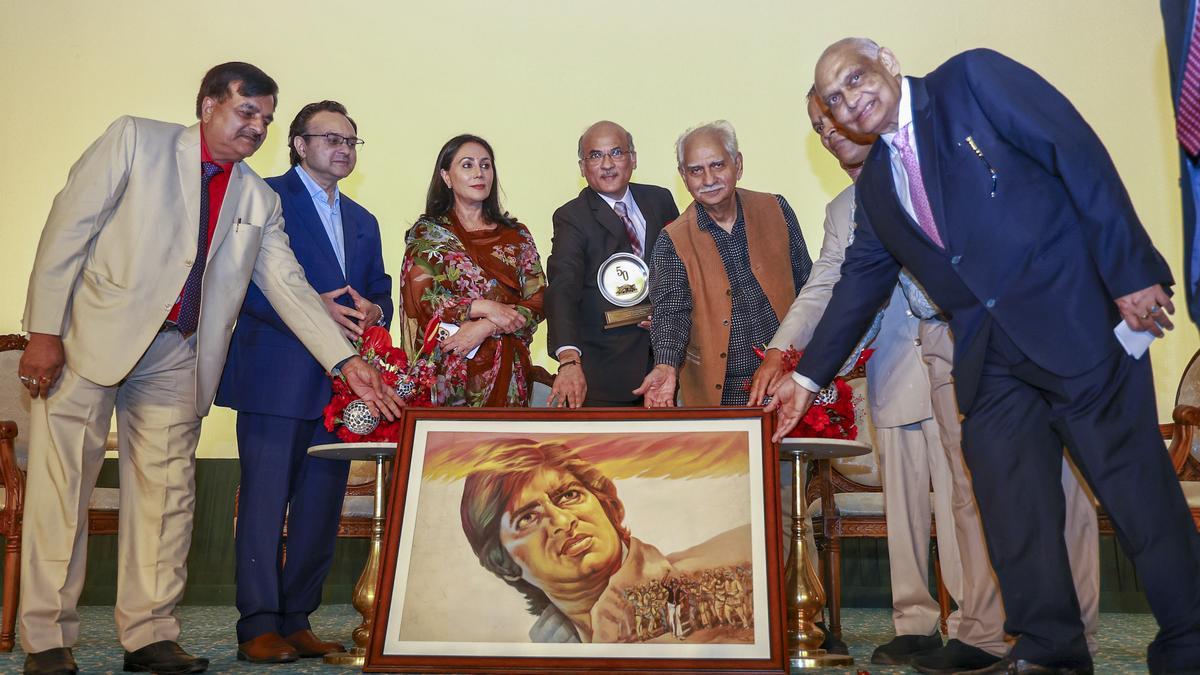
Among the pantheon of the Mahabharata’s characters, Karna stands out for his compassion and tragic destiny, culminating in a fateful demise during the epic battle that rages between the Pandavas and the Kauravas. This character takes center stage in the traditional Tamil theatre form known as Kattaikoothu, which demands a multitalented performance in singing, dancing, acting, and speaking, often simultaneously. The Kattaikoothu repertoire, enriched with narratives from the Mahabharata, sheds light on pivotal moments such as Karna’s ultimate liberation or death—a tale penned by the poet Pukalenthi Pulavar.
In a defining display of this artistic form, the Kattaikkuttu Sangam, spearheaded by the notable actor, director, and playwright P. Rajagopal, impresses audiences with the Perungattur style of Kattaikoothu. The quaint village of Perungattur, near Cheyyar in the Tiruvannamalai District, has given rise to numerous hereditary practitioners of this genre. As a highlight of the Sangam’s Mahabharata festival, a shortened form of “Karna Moksham” graced the stage at Punjarasantankal village in December, captivating those in attendance.
Given its traditional format as an all-night event, the Sangam’s performance distilled the essence of the play, focusing on scenes critical to Karna’s narrative. In her scholarly endeavors, Hanne M. Debruin meticulously transcribed, translated, and studied Karna’s portrayal in Kattaikoothu, assisted by Rajagopal. Citing Karna Moksham’s profound significance in regional customs, Debruin explains that it is an intrinsic part of funeral rites, specifically the karumaantaram, which occurs sixteen days post-mortem. It’s believed the staging aids in liberating the deceased’s soul—mirroring Karna’s journey in the epic.
The distilled performance at the Sangam commenced with an exchange between Karna, depicted by R. Kumar, and the Kattiyakaaran, a graveyard worker played by A. Dillibabu. A parade of characters then entered, each making a striking introduction. Interestingly, Karna’s wife is scarcely mentioned in the Mahabharata, with sparse details identifying her only as the mother of his fallen children, Vrishasena and Sushena. Regional adaptations, however, have amplified her presence. Within “Karna Moksham,” she is introduced as Ponnuruvi, the daughter of the Kalinga monarch. Her character and her tumultuous relationship with Karna occupy a significant portion of the narrative, underscoring the flexibility of Kattaikoothu to incorporate localized and contemporaneous interpretations.
Moreover, the performance context plays a role in the aspects emphasized. Rajagopal remarks that, during festivals, the spotlight is on heroism, Karna’s final confrontation with Arjuna, and his subsequent demise. Conversely, performances during funerals zoom in on domestic themes, delving into notions of separation and mortality. The relevance of these plays to village life is further maintained through their engagement with present-day societal challenges, including marital strife.
Kattaikoothu also intertwines Karna’s identity with Taanasuran, a mythological figure likened to Narakasura of the Sanskrit epic. Rajagopal and Debruin both note the significance of song in these performances, drawing attention to the paattu and virutham—dichotomous musical elements wherein the former has rhythm and the latter does not, both serving to amplify emotional resonance within the narrative.
Musicians S. Vijayan, P. Sasikumar, and A. Selvarasu enhanced the experience with their respective instruments, complementing the on-stage dynamism. Particularly noteworthy is Kattiyakaaran, whose earthy interactions with Ponnuruvi’s maids—played by alumni of the Kattaikkuttu Gurukulam—resonated with the rural audience through humor and wit.
Fast-paced and filled with robust dialogues, the scenes enacting the clash between Krishna, Arjuna, Saliya, and Karna, brought an infectious energy to the performance. The culmination arrives when Krishna calls for ‘dharmam’, the sum of Karna’s charitable deeds, guiding him toward his final release.
Kattaikoothu performances are ripe for global recognition, meriting the attention and patronage of international audiences and cultural institutions, to ensure that this timeless art form continues to thrive and inspire.










